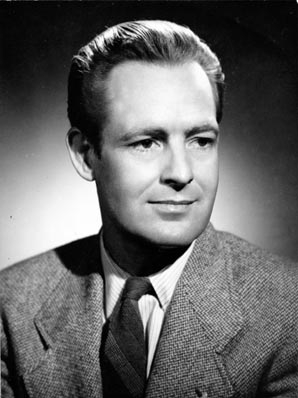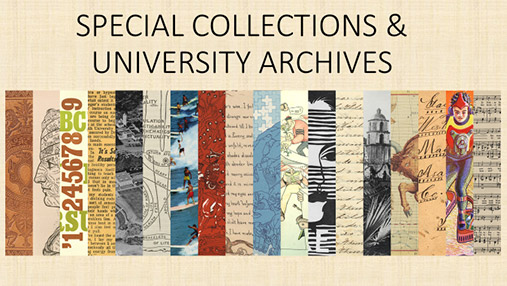 Born in 1908 in Los Angeles, Calvert E. Norland moved to Orange County in 1911 before pursuing his interest in entomology (study of insects) at Santa Ana Junior College and Pomona College, where he would graduate Magna Cum Laude in 1931. During these undergraduate years, Norland also met his wife, who accompanied him to the University of California, Berkeley (UC Berkeley).
Born in 1908 in Los Angeles, Calvert E. Norland moved to Orange County in 1911 before pursuing his interest in entomology (study of insects) at Santa Ana Junior College and Pomona College, where he would graduate Magna Cum Laude in 1931. During these undergraduate years, Norland also met his wife, who accompanied him to the University of California, Berkeley (UC Berkeley).
Upon completion of his M.S. at Berkeley, Norland returned to Orange County to work as an Entomologist-Agricultural Inspector. He would return to school a few years later, attending Claremont College, UC Berkeley, and the University of Southern California (USC), respectively. One course shy of his Ph.D. at USC, Norland is commissioned into the U.S. Army as an officer of the Sanitary Corps in the midst of WWII.
Serving as Medical Entomologist, Norland was stationed throughout the world to maintain sanitary and hygienic conditions in military facilities, including malaria control. While still in the Army, Norland decided to become a teacher and became part of the “first wave” of teachers to be hired at San Diego State University (SDSU) after WWII.
After nearly three decades of teaching as professor of Entomology, Zoology, and Botany at SDSU, Norland retired in 1976 and passed away in 2002.
Download the PDF transcript of the complete interview.
The interview begins with Professor Norland mentioning how he maintains contact with the current (1995) faculty of SDSU; he also briefly touches upon the beginnings of his involvement with the university.
Preempting the advent of conscription following the attack on Pearl Harbor, Norland enters the United States Army on his own terms by gaining commission as a member of the Sanitary Corps (later incorporated into the Medical Service Corps). With an M.S. degree already under his belt, Norland receives more specialized training in facility sanitation and malaria control in several states across the U.S. This training included the use of a pesticide hailed in subsequent years as a “wonder remedy”, despite its forthcoming denouncement by the Environmental Protection Agency in later decades.
Before tending to his primary military assignment in Calcutta (also known as Kolkata), Norland addresses hygiene issues in Casablanca, where he encounters a peculiar yet common bathroom practice among the local Moroccans. He subsequently travels to Cairo and Karachi (at the time part of India during the British Raj), where he intersperses his official duty of sanitation with his personal affinity for collecting literature. After finally arriving at Calcutta, Norland must safeguard the health of his fellow servicemen while mitigating his own susceptibility to malaria.
Following the aftermath of WWII, Norland began instructing “anamology” (most likely zoology) at SDSU. This led to a friendship with a fellow colleague and botanist known for her eccentricity, who regularly accompanied Norland on nearby, academic field trips. On one such excursion to the mountain, Norland narrowly escapes a fatal “kiss of death”.
Dire family circumstances in addition to a looming World War cast a towering shadow on an otherwise burgeoning academic career, forcing Norland to seek supplementary income due to the former in addition to leaving him one course shy of a Ph.D from USC. As a result, Norland remains an associate professor for the duration of his tenure, receiving recognition as a full professor only upon his retirement. His summer employment, however, offers him ample opportunity to gain practical experience in his field.
In the final segment of this interview, Norland recalls a humbling, WWII experience regarding a high-ranking Japanese officer in French Vietnam, where Norland conducts equipment inspection. The interview segment closes with a fortuitous encounter between Norland and an engineer on a plane bound for Shanghai, which led to Norland dining with the Vice President of China.
Interview recorded digitally by Lyn Olsson on February 20, 1995.
Contact Us
Special Collections & University Archives Contact
Location: SDSU Library & Information Access, Love Library Room 150
Phone: 619.594.6791
Email: askscua@sdsu.edu
